Written by Lorrie Reynolds
Categories
Dog Trick Training Knowledge and Experience
“Experience is the best teacher.”
Although “book learning” is essential for understanding the scientific principles behind learning theory (for both people and dogs), experience is also incredibly important. I wouldn’t choose an electrician who had read a bunch of books about home wiring, done a few of his own home wiring projects, and watched some videos. I would want one who had not only done the theoretical learning, but who had also worked under supervision with someone who could teach him the “tricks of the trade” for the industry, and then had gone on to open a successful business.
Similarly, although getting a basic certification like “Certified Trick Dog Instructor (CTDI)” is important, you should also look for someone who has proven, hands-on experience with teaching students. They should have a good balance between theoretical learning and keeping up with the latest information AND having a wide variety of hands-on teaching experience.
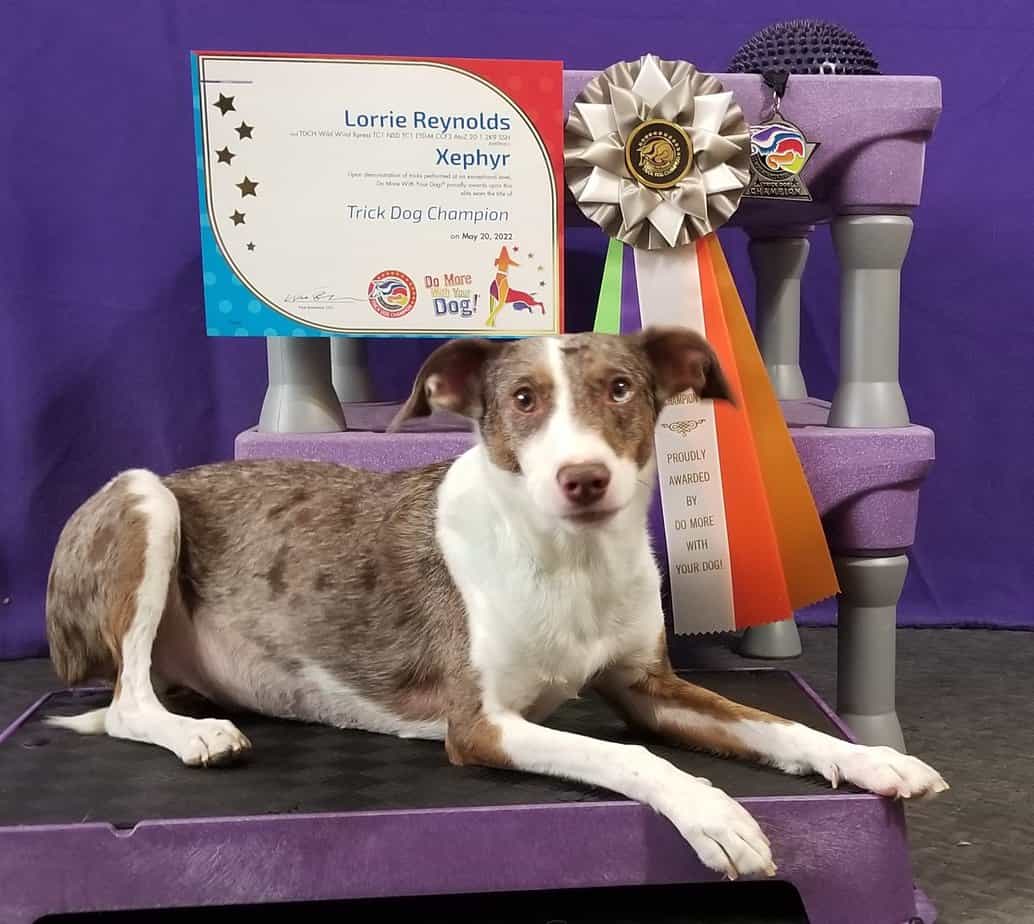
The indication of a good teacher is not what they accomplish, but what they inspire their students to achieve.
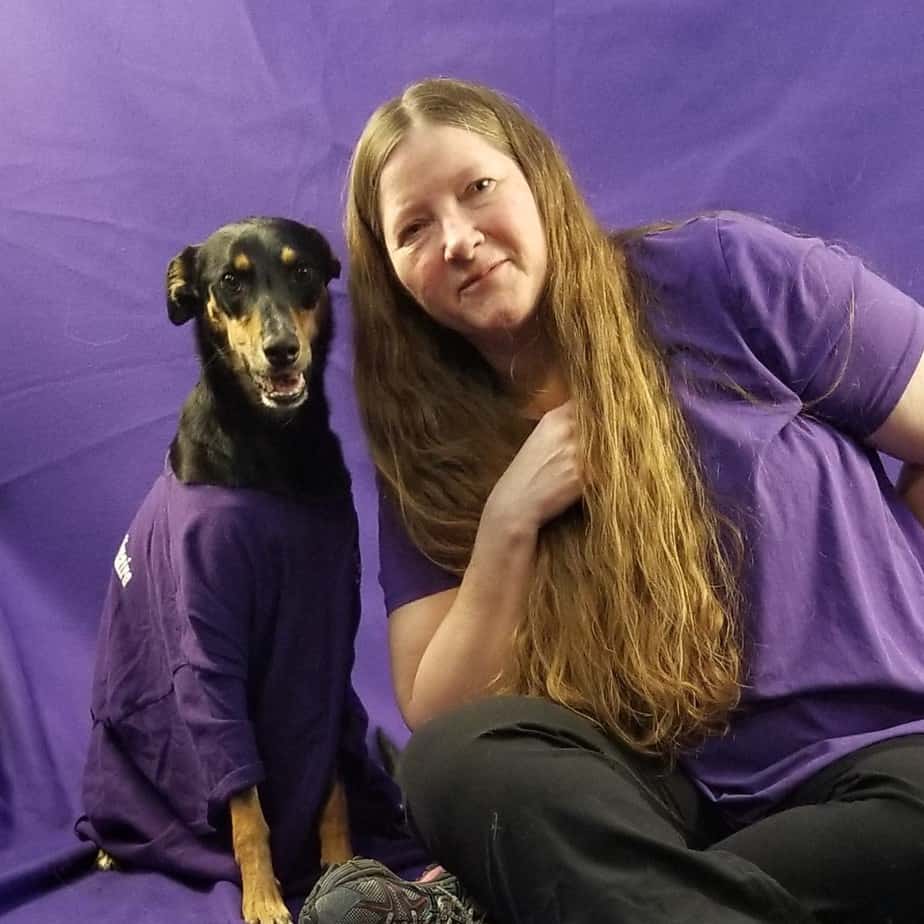
Successful and Happy Students
A good instructor will have accomplished the goals that you want to reach, giving you confidence that they know how to achieve them. However, that isn’t the only qualification to look for. There are many professional athletes, dancers, and CEOs who have reached the pinnacle of their profession, but who lack the skills to teach others.
Look for an instructor who has not only taught their own dog enough tricks to achieve the high-level titles, but who also has students who have excelled and earned the top titles. Coaching, teaching, or instructing requires a unique skill set that includes understanding not only learning theory, training mechanics, and instructional design, but also how to inspire, troubleshoot, and motivate students to succeed.
Knowledge is useless to an instructor without the tools to share it with others.
An Organized and Comprehensive Dog Trick Training Program
In the unregulated dog training industry, anyone can “hang out a shingle” and call themselves a dog trainer. Even if someone has the *knowledge* to teach dog tricks, that knowledge is useless to students without the resources to motivate, teach, and inspire them. When you are looking for an instructor, make sure that they have training resources in place to help you learn.
The best instructors will have an organized program with videos showing how to teach the tricks you want to learn. The videos could be organized into an online course, a list of links, a playlist on YouTube, or units inside of a Facebook group. The most important part is to ensure that whoever you choose has resources that are available and easy to find, and has a plan to take you through the training. The best instructors will also provide basic information on dog training in general, and some unique resources that help you focus your efforts (i.e. a list of “puppy-safe” tricks for dog owners with puppies).
See the previous blogs explaining the Do More With Your Dog basic program and Advanced Titles for more information about trick training organizations.
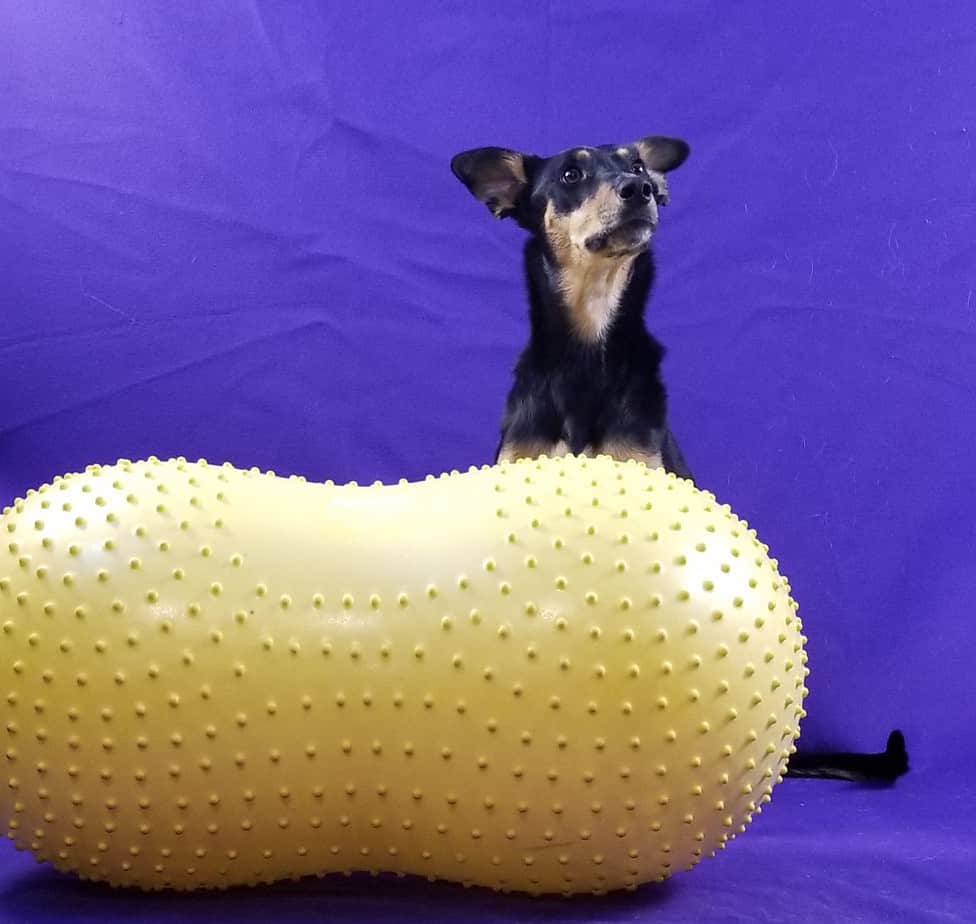
“Lasting progress can only happen once we give up the urge to repeatedly say ‘No’ to mistakes in favor of looking to say ‘Yes’ to their successful behaviors.”
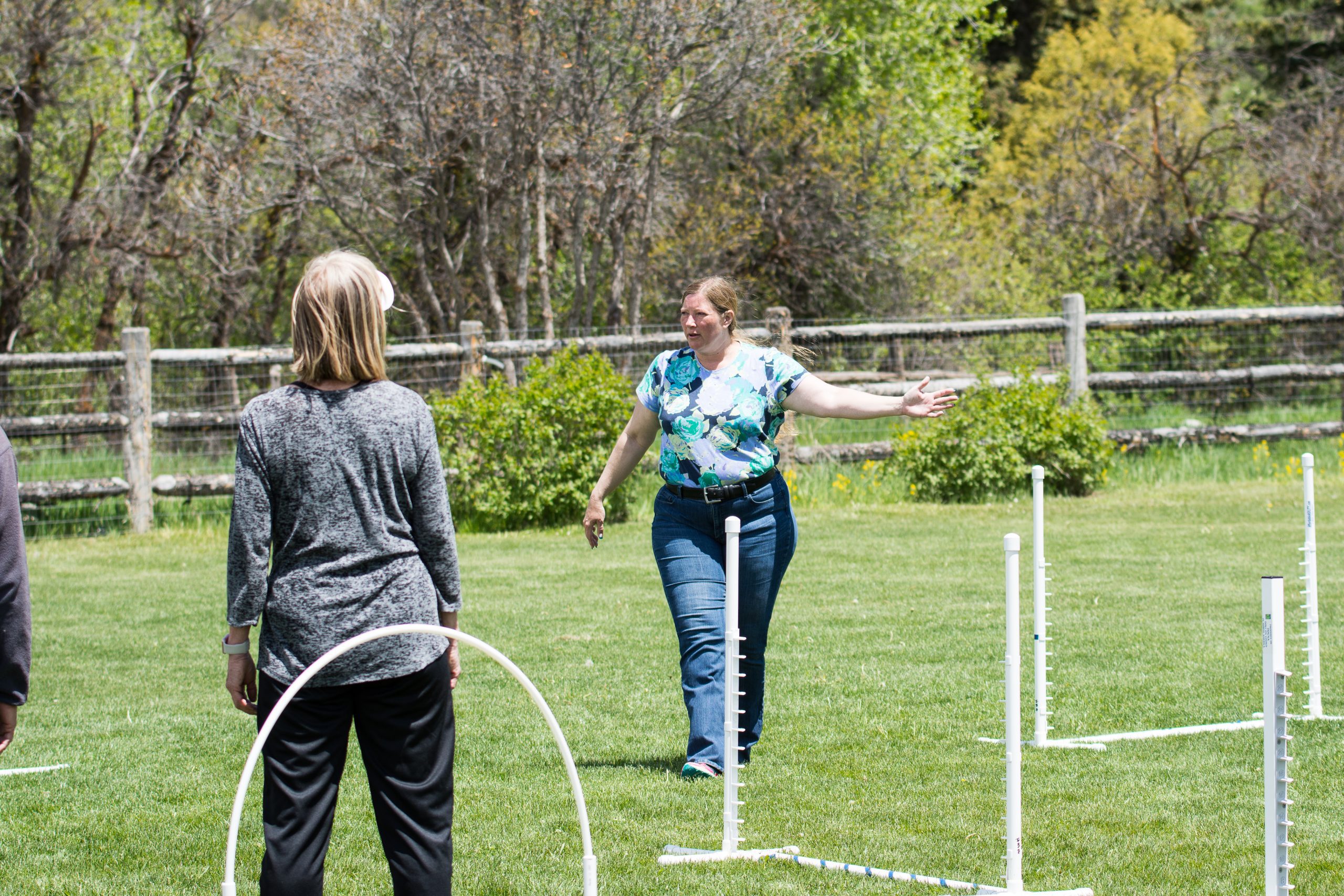
A Compatible Teaching Style
Modern dog trainers, especially in the agility and trick training spaces, use science-based, positive, relationship-building methods to teach tricks (for people and dogs!). Using leash pressure to force (or “encourage”) a dog to lie down, pushing on the dog’s rear to get a sit, or holding the dog’s mouth closed to get them to hold an object are all outdated methods that can be detrimental to the well-being of the dog and your relationship. Avoid the trainers using those methods and find one who is using modern and positive methods.
Look for someone who matches your style. Are you more no-nonsense, just the facts, give me what I need and nothing more? Would you rather have a cheerleader-type instructor who is very effusive and animated? Do you want an instructor who is a little lower-key but joyfully interacts with her dogs? Watch a training video or two and see if the instructor is someone who you can listen to comfortably, has a good training style, and uses modern methods.
Accessibility
Having an instructor who is not available to answer your questions does not help you with your learning journey. If you are joining a free trick training group like a Do More With Your Dog Spark Team, you should not expect the instructor to give advice unrelated to the group content. However, the CTDI who runs the group should check at least once per day, help you with any roadblocks, be able to point you to resources to teach the tricks, and be willing to refer you to outside help if what you are asking falls outside their area of expertise. Your questions should be answered quickly, thoroughly, and in a manner that does not tear you down by being condescending or dismissive. Find an instructor who obviously loves what they are doing, is happy to answer questions, understands that they are training people rather than dogs, and who builds a kind and friendly student community.
Finding a good dog trick instructor does not have to be difficult. The five items above will help you narrow down your search and find someone knowledgeable, organized, reliable, and modern, who fits your training/learning style and goals. YOUR success should be their priority, and your dog will thank you for taking the time to find someone who will join you in your journey to make your training dreams come true.
Want to teach some tricks and earn your title? Click the link for the latest online trick training course!
You Might Also Like…
Five Ways to Crush It at Your Next Dog Agility Seminar
Going to a dog agility training seminar? Check out these five tips to maximize your return on investment!
Read This Before Deciding on Your Agility Dog’s Contact Performance
Which contact performance, running or stopped, is right for your team? The answer might surprise you.
Is Your Agility Dog a Pinto or a Ferrari?
If you’ve moved up from a slow or moderately-fast agility dog to a speed racer, here’s some advice to make your life easier.
Get tips, stories, discounts, and early notification of events and new courses delivered straight to your inbox! Join the community!
Top photo: Copyright 2018 Great Dane Photos. Used with permission.
Second photo courtesy of Howling Moon Photography.

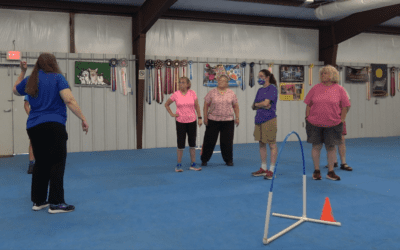
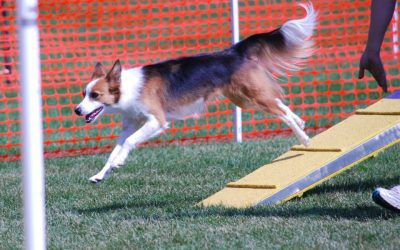
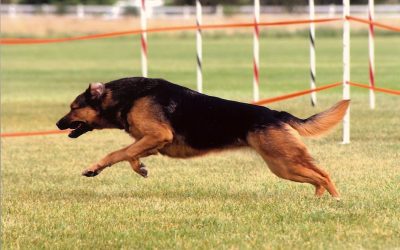
0 Comments